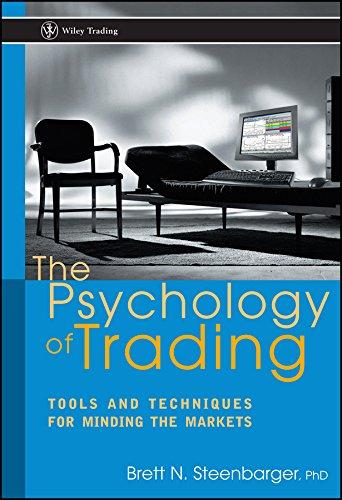just q 15 please

9. A stock price is currently $30. Every 6 months the price will either go up by 12% or down by 8%. The risk-free rate is 4% per annum with continuous compounding. (a) Compute the price of a one-year European put option with strike price $32. (b) Compute the price of a one-year American put option with strike price $32. 14. Consider the 2-step binomial tree from Problem 9 in Chapter 8. Com- pute the value of A of the European put option at the initial node and each of the two intermediary nodes. 15. (Continued) Build a portfolio consisting of cash (borrowed from or deposited in a bank at the risk-free rate), a certain amount of stocks, and 1 put option so that its value at the initial node is zero and so that its value will be zero regardless of where the stock goes at the intermediate time step. 16. (Continued) Suppose the stock goes up at the intermediate time step. What should your new portfolio holdings (1 put, some cash, and some stock) be so that its value will still be zero and so that its value at the final time step is also guaranteed to be zero. This is an example of dynamic hedging. 9. A stock price is currently $30. Every 6 months the price will either go up by 12% or down by 8%. The risk-free rate is 4% per annum with continuous compounding. (a) Compute the price of a one-year European put option with strike price $32. (b) Compute the price of a one-year American put option with strike price $32. 14. Consider the 2-step binomial tree from Problem 9 in Chapter 8. Com- pute the value of A of the European put option at the initial node and each of the two intermediary nodes. 15. (Continued) Build a portfolio consisting of cash (borrowed from or deposited in a bank at the risk-free rate), a certain amount of stocks, and 1 put option so that its value at the initial node is zero and so that its value will be zero regardless of where the stock goes at the intermediate time step. 16. (Continued) Suppose the stock goes up at the intermediate time step. What should your new portfolio holdings (1 put, some cash, and some stock) be so that its value will still be zero and so that its value at the final time step is also guaranteed to be zero. This is an example of dynamic hedging








